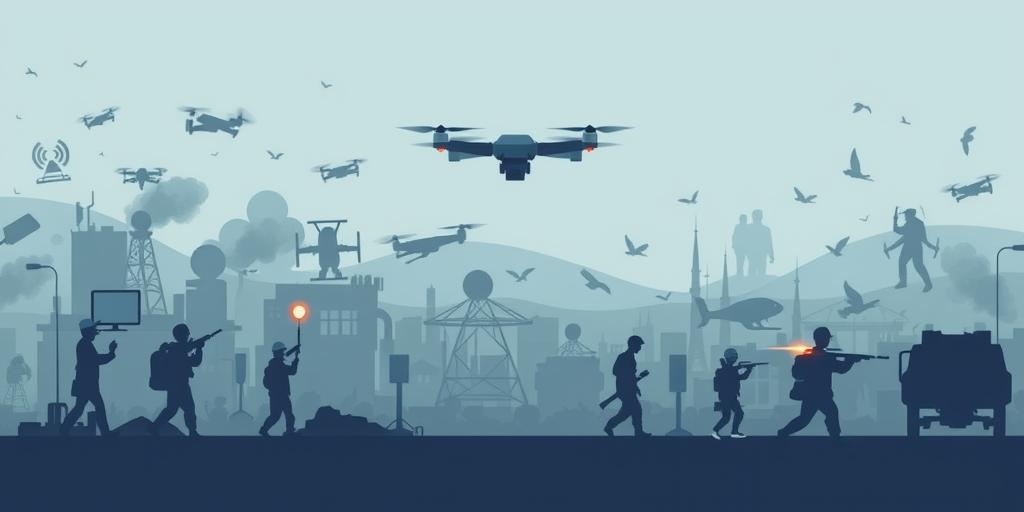The Impact of Technology on Civilian Populations in Conflict
In modern warfare, technology's role extends far beyond the battlefield, deeply affecting civilian populations caught in conflict zones. This article examines the multifaceted impact of technology, both positive and negative, on civilians during times of war.
Communication and Information Access
Technology has revolutionized how civilians access information and communicate during conflicts:
- Social Media and News: Platforms like Twitter, Facebook, and Telegram provide real-time updates, citizen journalism, and firsthand accounts of events. However, they also become breeding grounds for misinformation and propaganda.
- Internet Access: The internet allows civilians to connect with the outside world, seek help, and organize aid. However, internet shutdowns by governments or warring parties isolate populations and hinder humanitarian efforts.
- Mobile Technology: Smartphones enable communication, documentation of events, and access to vital services. Yet, they can also be used for tracking and surveillance by conflicting parties.
Humanitarian Aid and Assistance
Technology plays a crucial role in delivering aid and support to civilians:
- Mapping and GIS: Geographic Information Systems (GIS) and satellite imagery help aid organizations map conflict zones, assess needs, and plan delivery routes.
- Drones: Unmanned aerial vehicles (UAVs) deliver medical supplies, food, and other essential items to besieged areas. They also provide aerial surveillance for search and rescue operations.
- Digital Cash Transfers: Mobile banking and digital payment systems allow aid organizations to directly provide financial assistance to affected populations, reducing corruption and increasing efficiency.
Surveillance and Control
Unfortunately, technology can also be used to control and harm civilian populations:
- Facial Recognition: Surveillance systems using facial recognition technology track individuals, monitor movements, and suppress dissent.
- Cyber Warfare: Cyberattacks target critical infrastructure, disrupting essential services such as water, electricity, and healthcare.
- Misinformation Campaigns: State and non-state actors spread propaganda and disinformation through social media to manipulate public opinion, incite hatred, and justify violence.
The Ethical Dilemma
The use of technology in conflict presents numerous ethical dilemmas:
- Privacy vs. Security: Balancing the need for security with the right to privacy is a constant challenge, particularly when surveillance technologies are deployed.
- Autonomous Weapons: The development and use of autonomous weapons systems (AWS) raise concerns about accountability and the potential for unintended harm to civilians.
- Digital Divide: Unequal access to technology exacerbates existing inequalities, leaving marginalized communities more vulnerable during conflicts.
Conclusion
Technology's impact on civilian populations in conflict is complex and multifaceted. While it offers unprecedented opportunities for communication, humanitarian aid, and information access, it also poses significant risks related to surveillance, control, and ethical concerns. Addressing these challenges requires a collaborative effort from governments, international organizations, and the tech industry to ensure that technology is used to protect and empower civilians during times of war, rather than to harm and oppress them.









